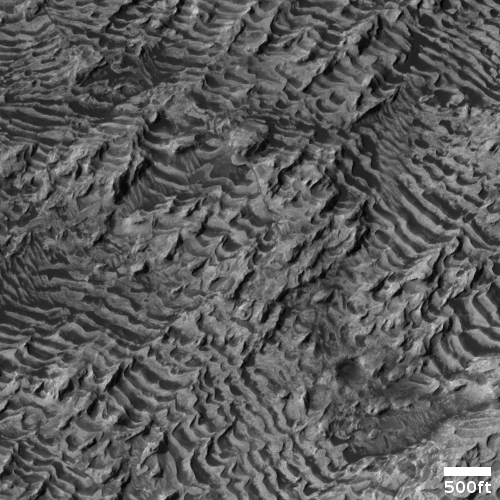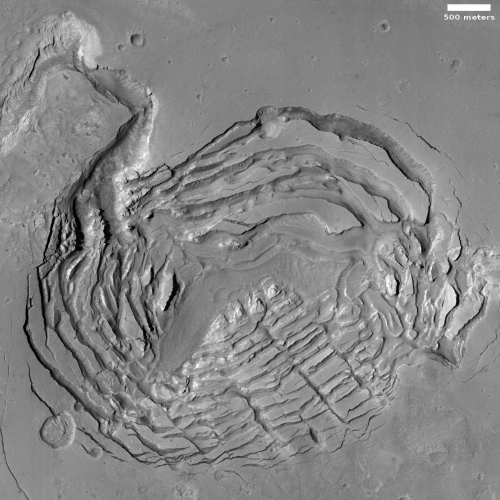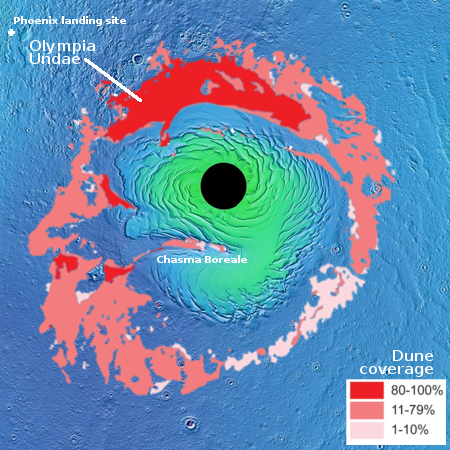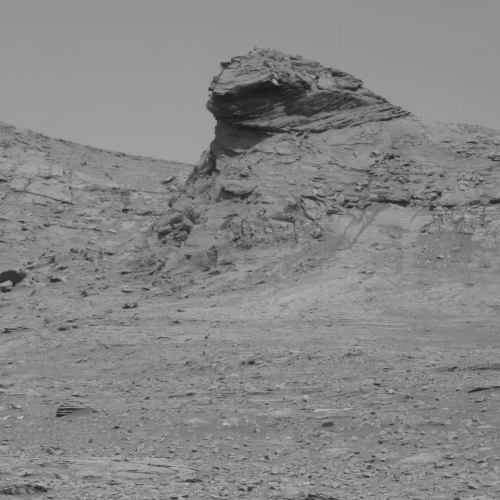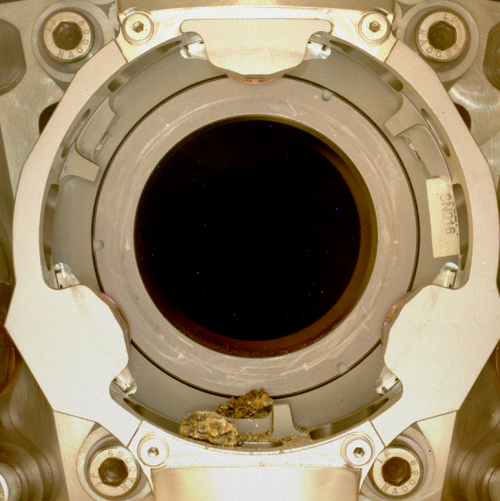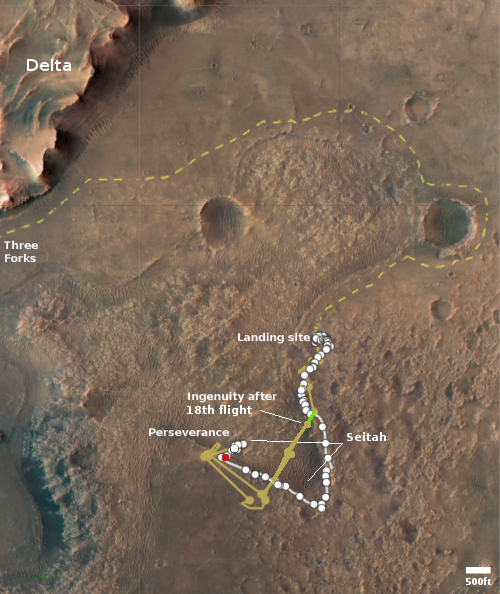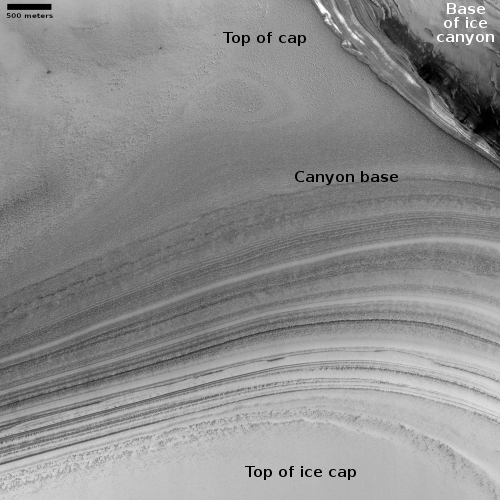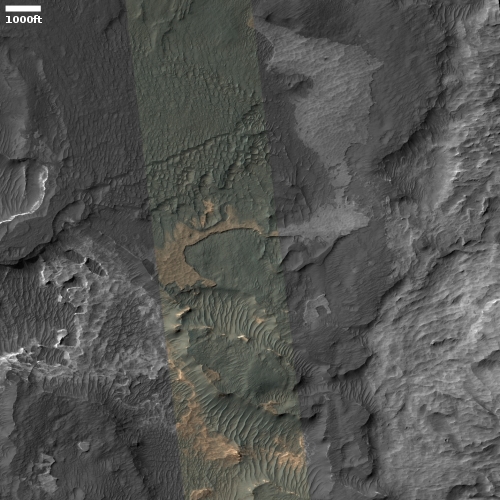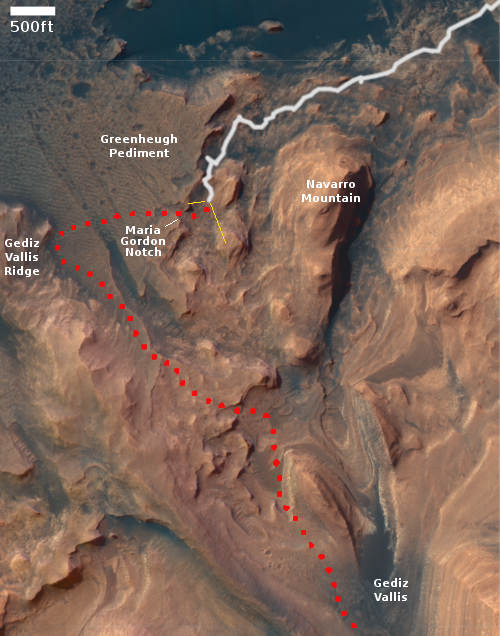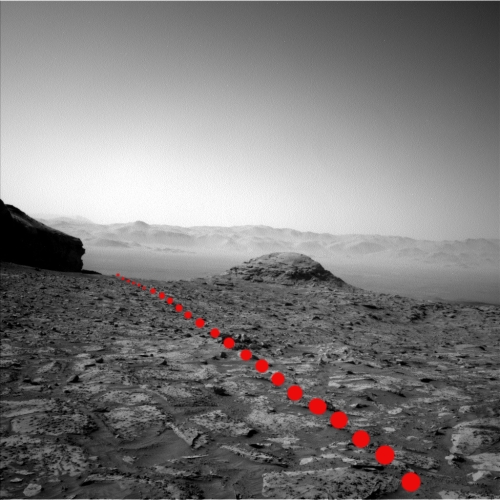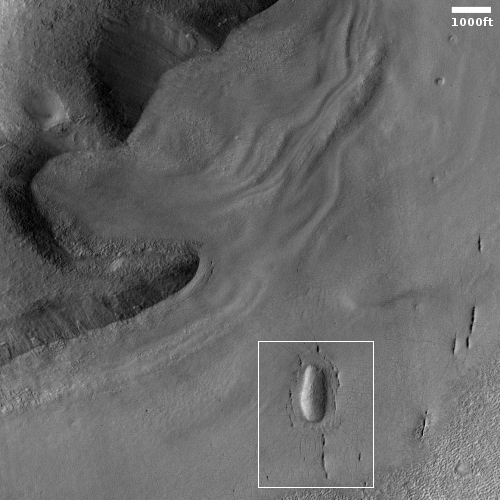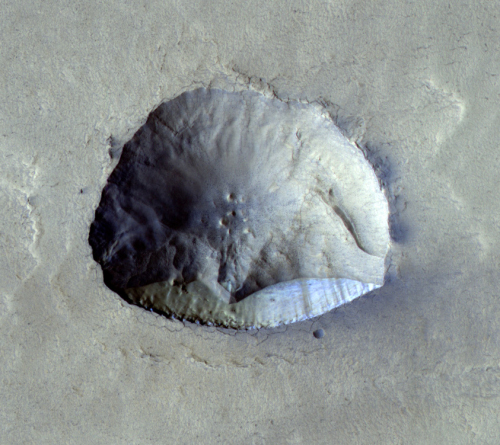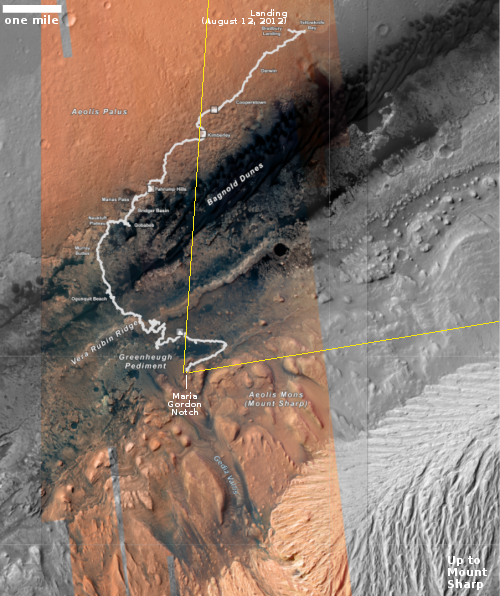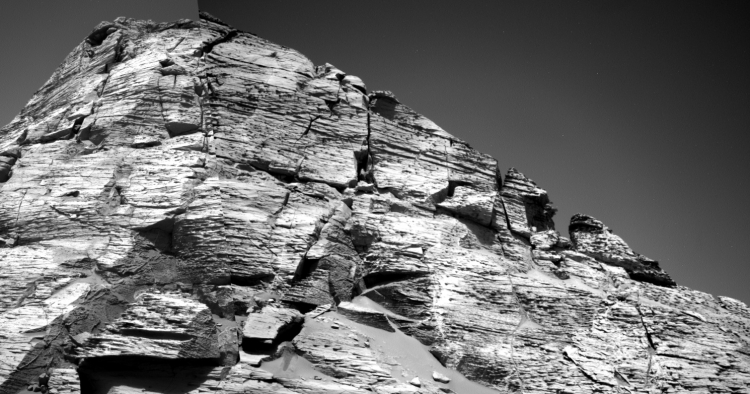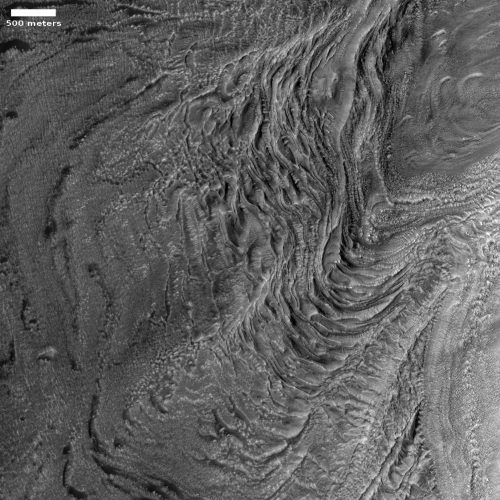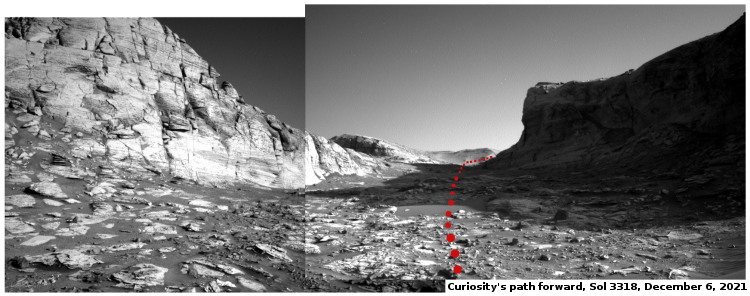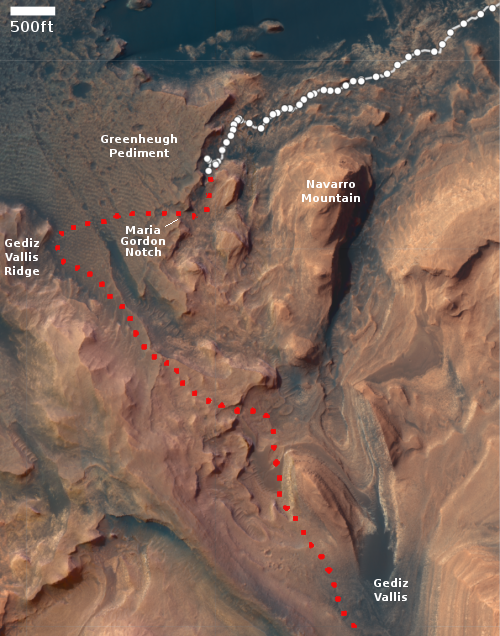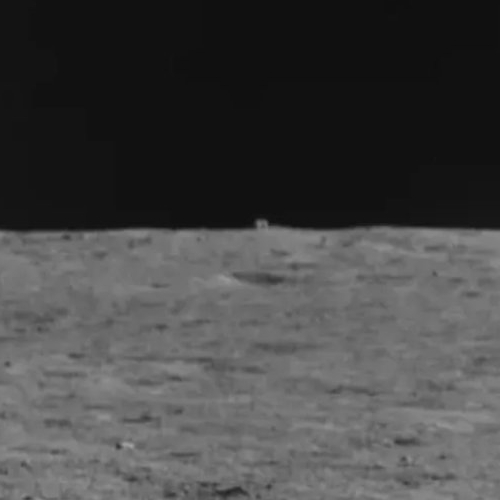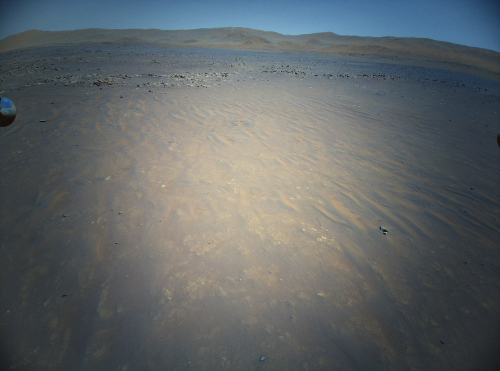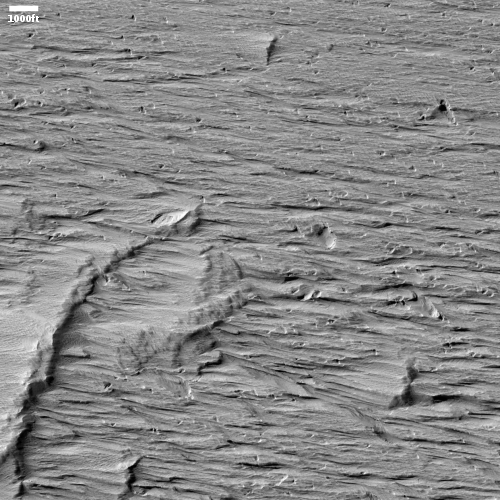Confirmed: All debris cleared from Perseverance sample tube
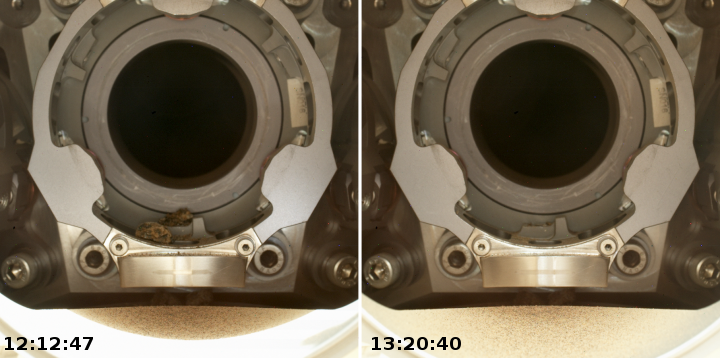
Click here and here for original images.
The Perseverance science team today announced in an update that their effort to clear the sample tube of bits of core sample has succeeded, as indicated partly by the two images above that I posted on January 19th.
According to the report, the two small pieces visible bottom center fell out after two small rotations of the carousal. Other pieces however remained, and these were removed as followed:
On Monday, Jan. 17, the team commanded another operation of the rotary percussive drill in an attempt to dislodge more material from the tube. With the tube’s open end still pointed towards the surface, we essentially shook the heck out of it for 208 seconds – by means of the percussive function on the drill. Mastcam-Z imagery taken after the event shows that multiple pieces of sample were dumped onto the surface. Is Tube 261 clear of rock sample? We have new Mastcam-Z images looking down the drill bit into the sample container that indicate little if any debris from the cored-rock sample remains. The sample tube has been cleared for reuse by the project.
The team is now discussing their next step, which could be drilling a new hole at this spot or moving on.

Click here and here for original images.
The Perseverance science team today announced in an update that their effort to clear the sample tube of bits of core sample has succeeded, as indicated partly by the two images above that I posted on January 19th.
According to the report, the two small pieces visible bottom center fell out after two small rotations of the carousal. Other pieces however remained, and these were removed as followed:
On Monday, Jan. 17, the team commanded another operation of the rotary percussive drill in an attempt to dislodge more material from the tube. With the tube’s open end still pointed towards the surface, we essentially shook the heck out of it for 208 seconds – by means of the percussive function on the drill. Mastcam-Z imagery taken after the event shows that multiple pieces of sample were dumped onto the surface. Is Tube 261 clear of rock sample? We have new Mastcam-Z images looking down the drill bit into the sample container that indicate little if any debris from the cored-rock sample remains. The sample tube has been cleared for reuse by the project.
The team is now discussing their next step, which could be drilling a new hole at this spot or moving on.

